A range of teacher professional learning programs will be developed to accompany the Biodiversity of the Western Volcanic Plains online outreach...
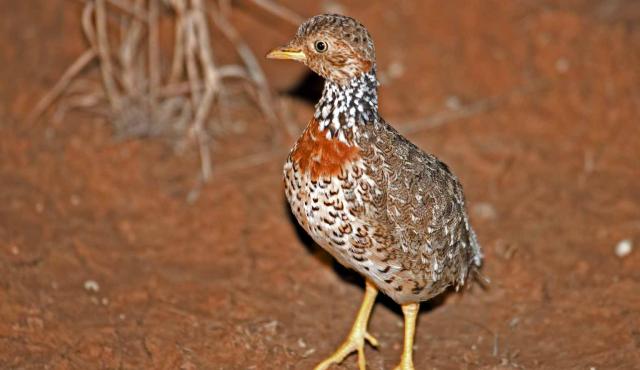
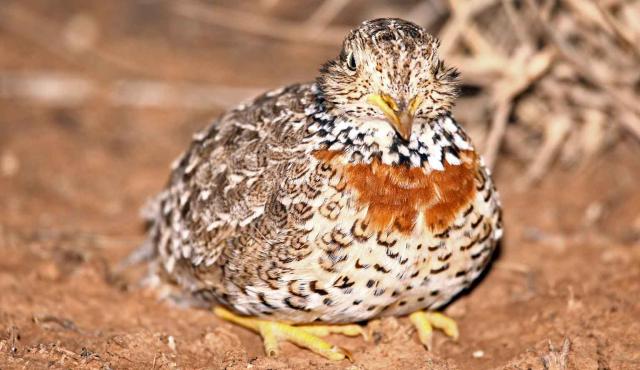
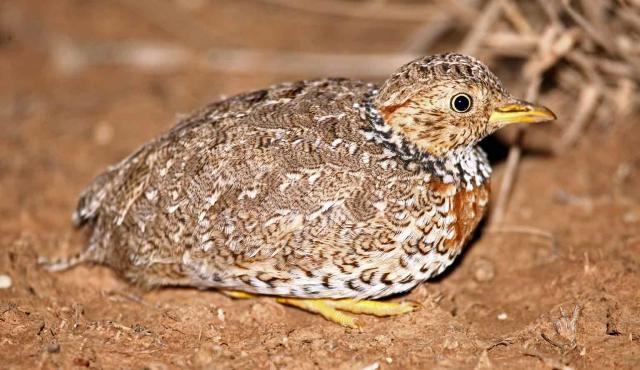

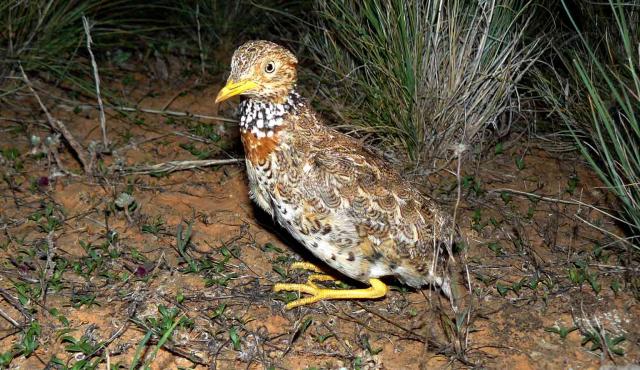
Plains wanderer
Pedionomus torquatus
Breeds early spring and late summer in southern Australia. Nests in hollows amongst clumps of grasses. Clutch size from 2 to 5. Male incubates the eggs for 23 days and carries out all of the brooding and guarding of the chicks.
| Details | Description |
| Type | Bird |
| Group | Plains-wanderer |
| Identifying Characteristics | |
| Distinctive Markings | Distinctive spotted neck and wing pattern. Female has prominent white-spotted, black collar above a rufous breast patch. |
| Diet | Omnivore. Forage during the day for a wide variety of seeds including those from grasses and saltbushes. Also feed on ground-dwelling insects including beetles, ants, sucking bugs and caterpillars. |
| Habitat | Hard, red-brown earth with a sparse covering of native herbs and grasses. Predominantly natural open grassland, treeless but with shrubs high enough for concealment from predators. |
| Native Status | Native to Australia |
| Sounds | Repetitive, hollow "Coo" only in spring. Contacts chicks using a soft "tchuk". |
| Taxonomy | |
| Phylum | Chordata |
| Class | Aves |
| Order | Charadriiformes |
| Family | Peramelidae |
| Genus | Pedionomus |
| Species | torquatus |
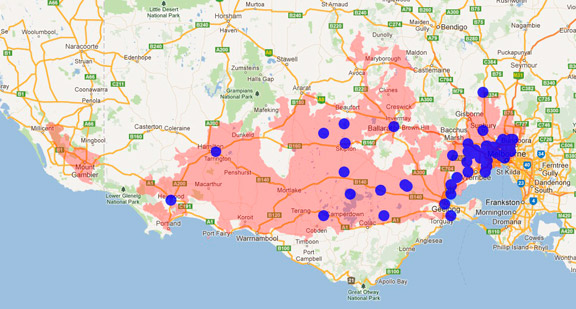
Distribution maps indicate current and historic locations where species have been sighted.
Source: Atlas of Living Australia
| Conservation Status | |
| DEPI Advisory List | Critically endangered |
| FFG Act | Listed as threatened |
| EPBC Act | Vulnerable |
| FFG Action Statement |
The conservation status of species is listed within Victoria and Australia.
The Department of Environment and Primary Industry (DEPI) Advisory List consists of non-statutory advisory lists of rare or threatened flora and fauna within Victoria.
The Flora and Fauna Guarantee Act 1988 (FFG Act) lists threatened species in Victoria. Under the Act, an Action Statement is produced for each listed species.
The Environment Protection and Biodiversity Conservation Act 1999 (EPBC Act) is the Australian Government’s key piece of environmental legislation, listing nationally threatened native species and ecological communities.



